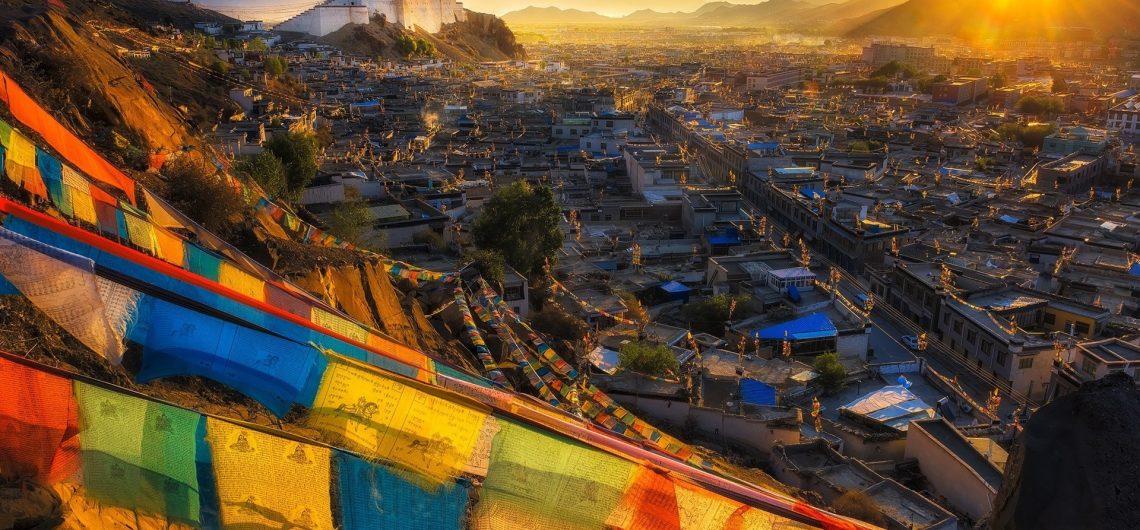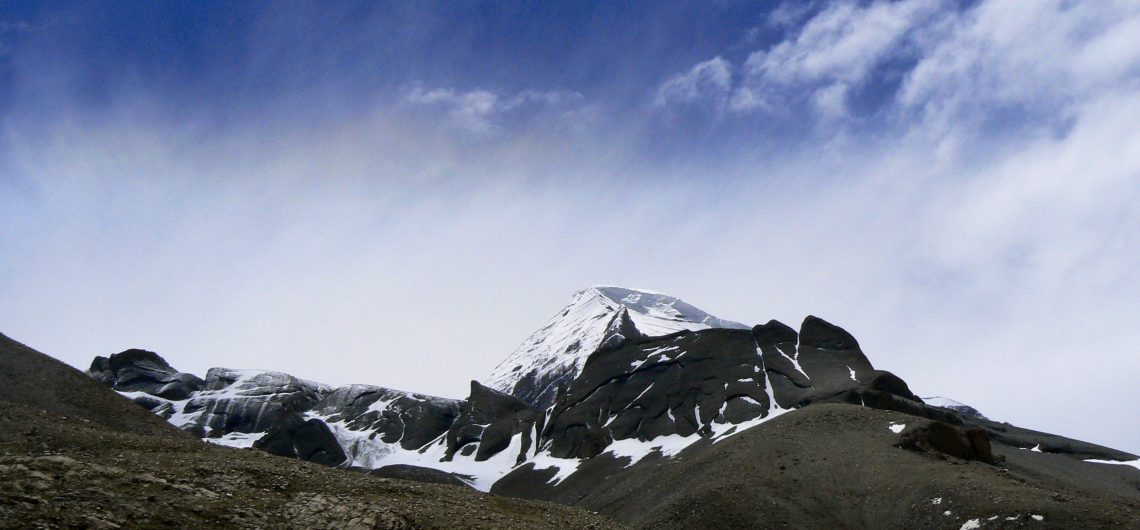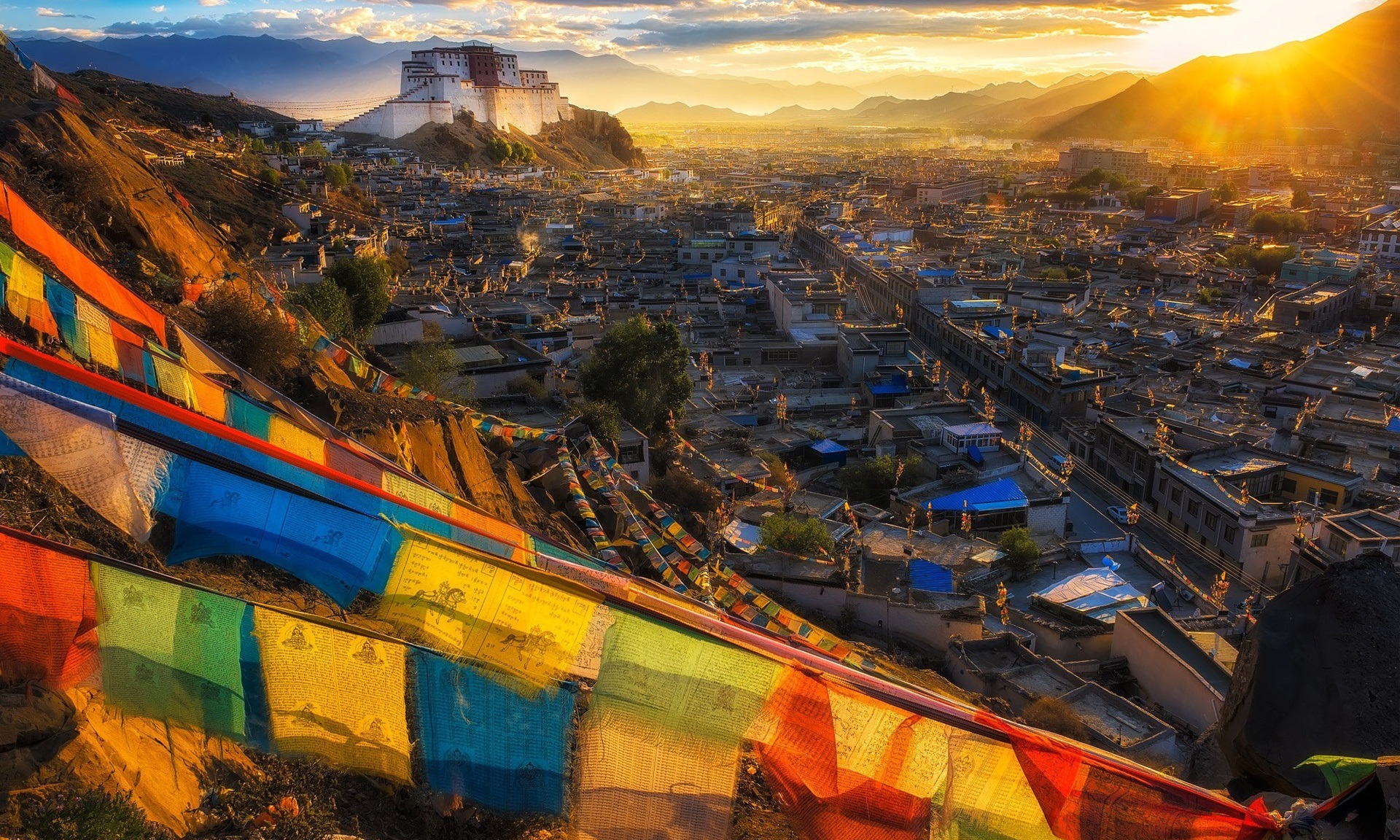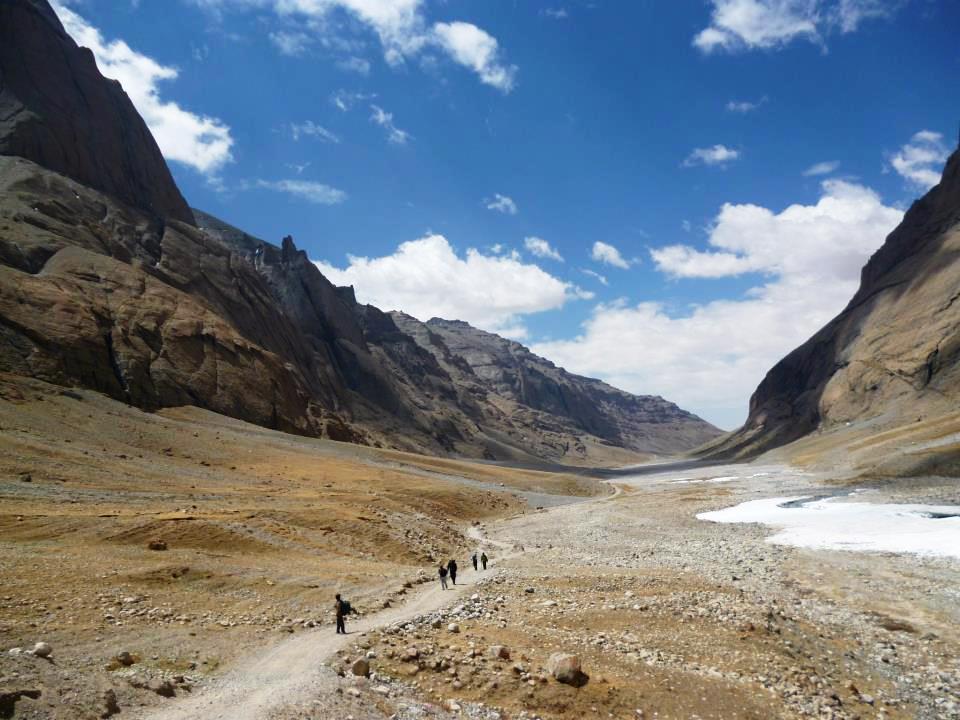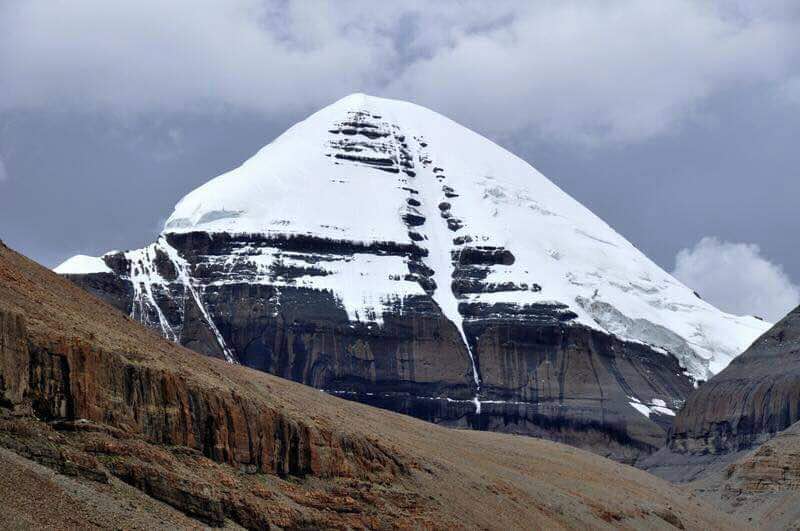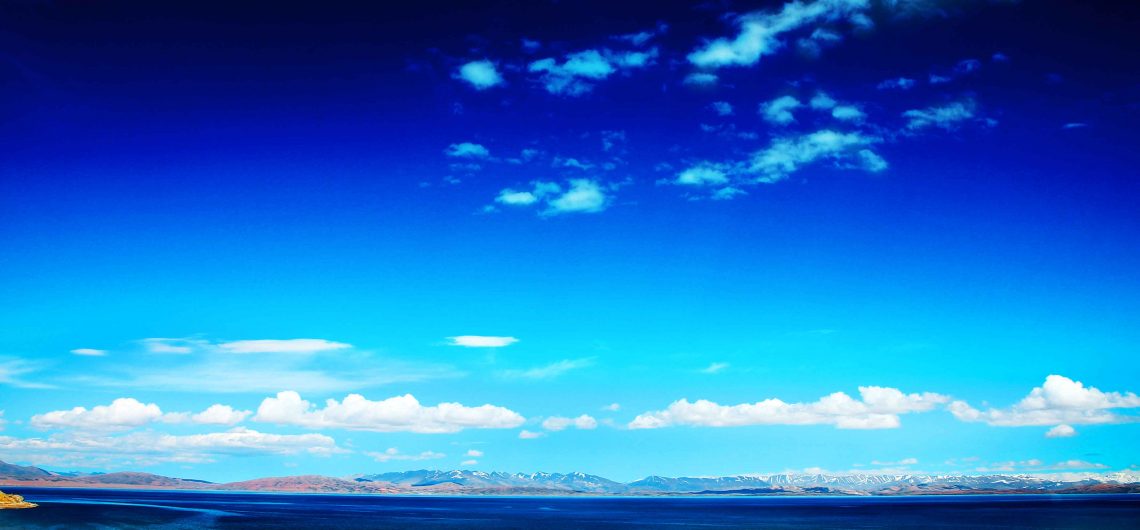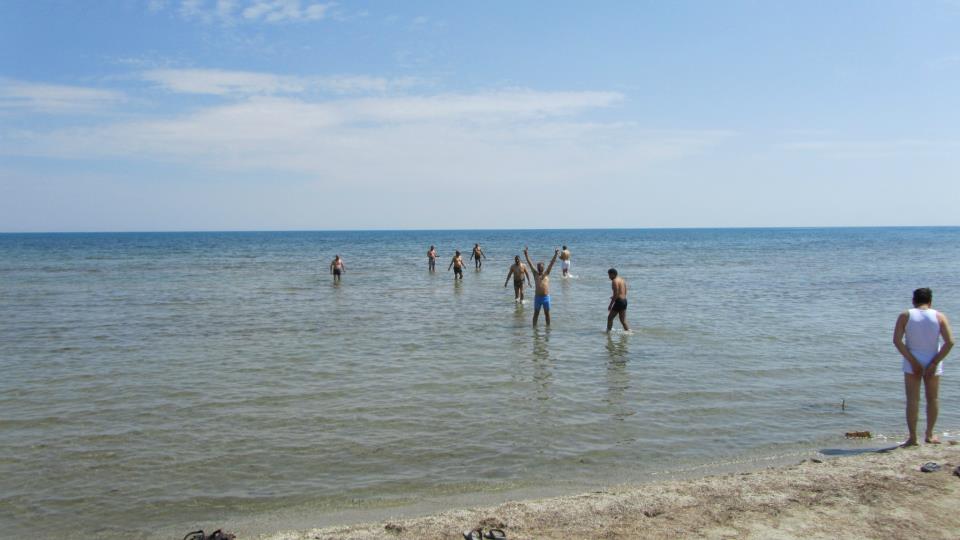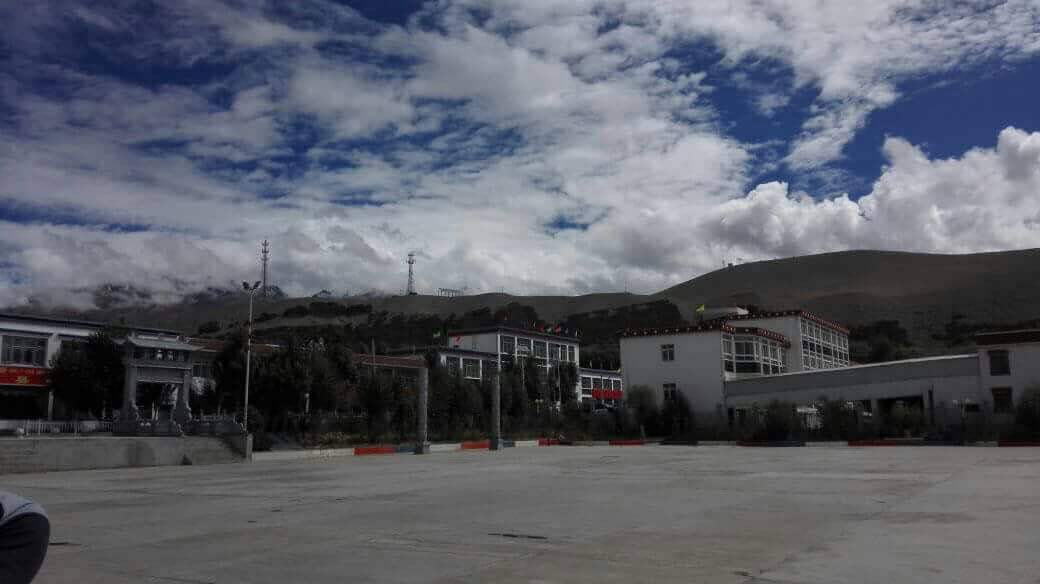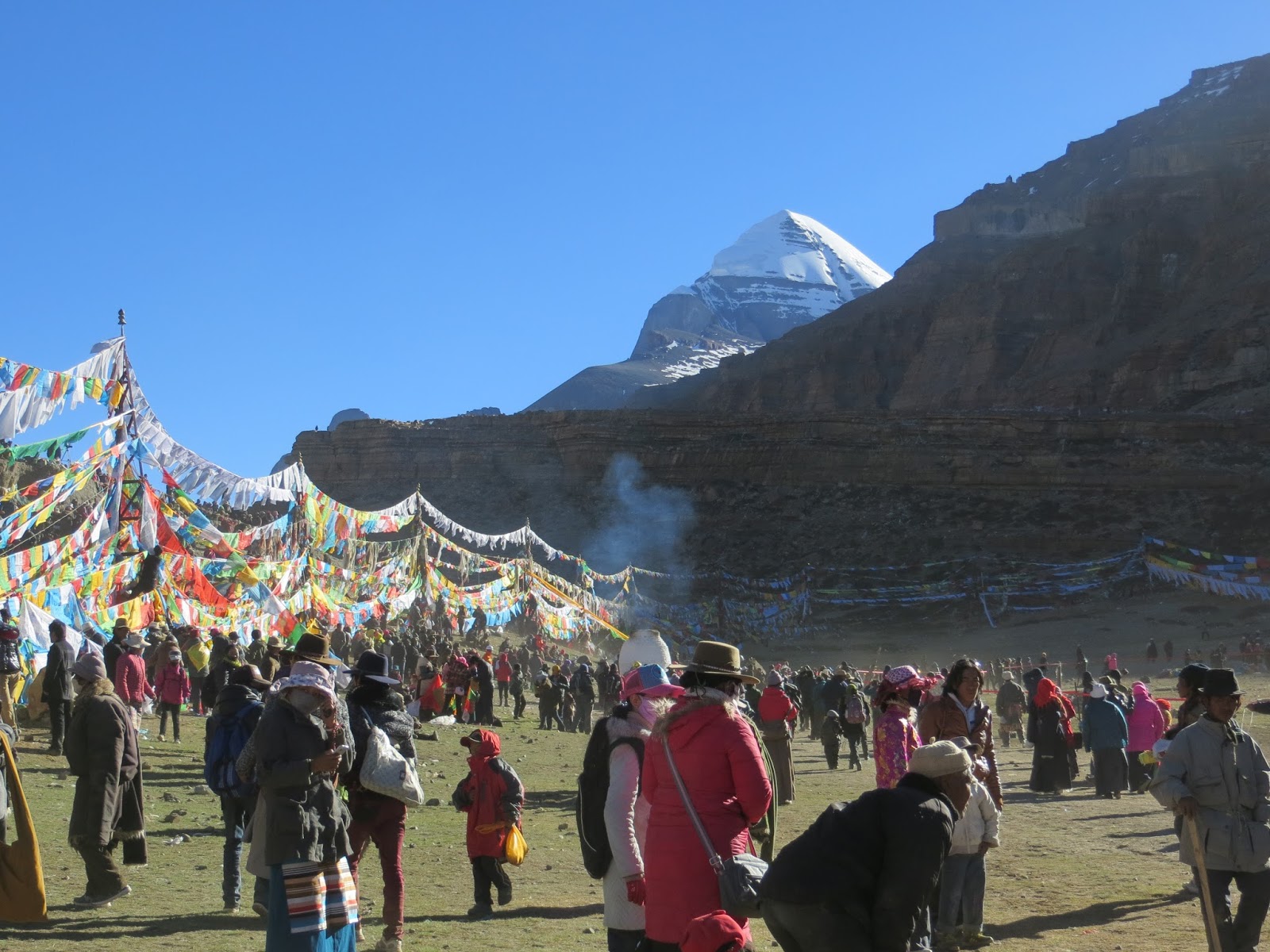The religious and spiritual heritage of India provides a profound insight into its history, culture and civilization. It is not only responsible for creating an image that defines the ethnicity of the nation but has deeply affected the religious life of other parts of the world. The gravity of this intangible cultural heritage is strongly evident in the popular spiritual yatras to Nanda Devi Raj Jaat Yatra, Roopkund, and Kailash Mansarovar Yatra. It is a beautiful journey to see how spirituality has kept the roots stronger and contributed to the sense of oneness at the same time.
Home to many different religions and beliefs, India is a country which has been associated with spiritual significance since time immemorial. The spiritual energies have even added charm to those ordinary destinations which are now touted as significant religious places of the country. And as tourism has grown manifold, the spiritual places of India have gained immense fame worldwide.
What’s unique about trekking to these spiritual destinations?
While trekking itself boasts of a challenging journey, trekking to spiritual places like Roopkund and Kailash Mansarovar is symbolic of attaining spiritual bliss amidst en route moraines, streams and snow-capped mountains. Undertaking such pristine trails dotted with pilgrimage sites represent a unique bond between nature’s art and spiritual energy. Don’t miss the chance to get hypnotized by a spiritual yet adventurous rhythm of the trekking expedition to Nanda Devi Raj Jaat Yatra (Roopkund) and Kailash Mansarovar.
Here are two accounts of trekking expeditions carried out to Nanda Devi Raj Jaat Yatra and Kailash Mansarovar Yatra:
Nanda Devi Raj Jaat Yatra, Roopkund
Nanda Devi Raj Jaat Yatra includes a trekking expedition to Roopkund. Being the most significant pilgrimage in Uttarakhand, Nanda Devi Raj Jat Yatra holds immense spiritual importance. As it is organized in every 12 years, it witnesses a huge gathering where people from different faiths and religions unite to honor Goddess Nanda Devi. It is believed that it is a religious journey in which the goddess has to be taken to the abode of Lord Shiva, located in the icy folds of the mighty Himalayas. In particular, the journey is reckoned to be a significant event in the life of a Hindu devotee.
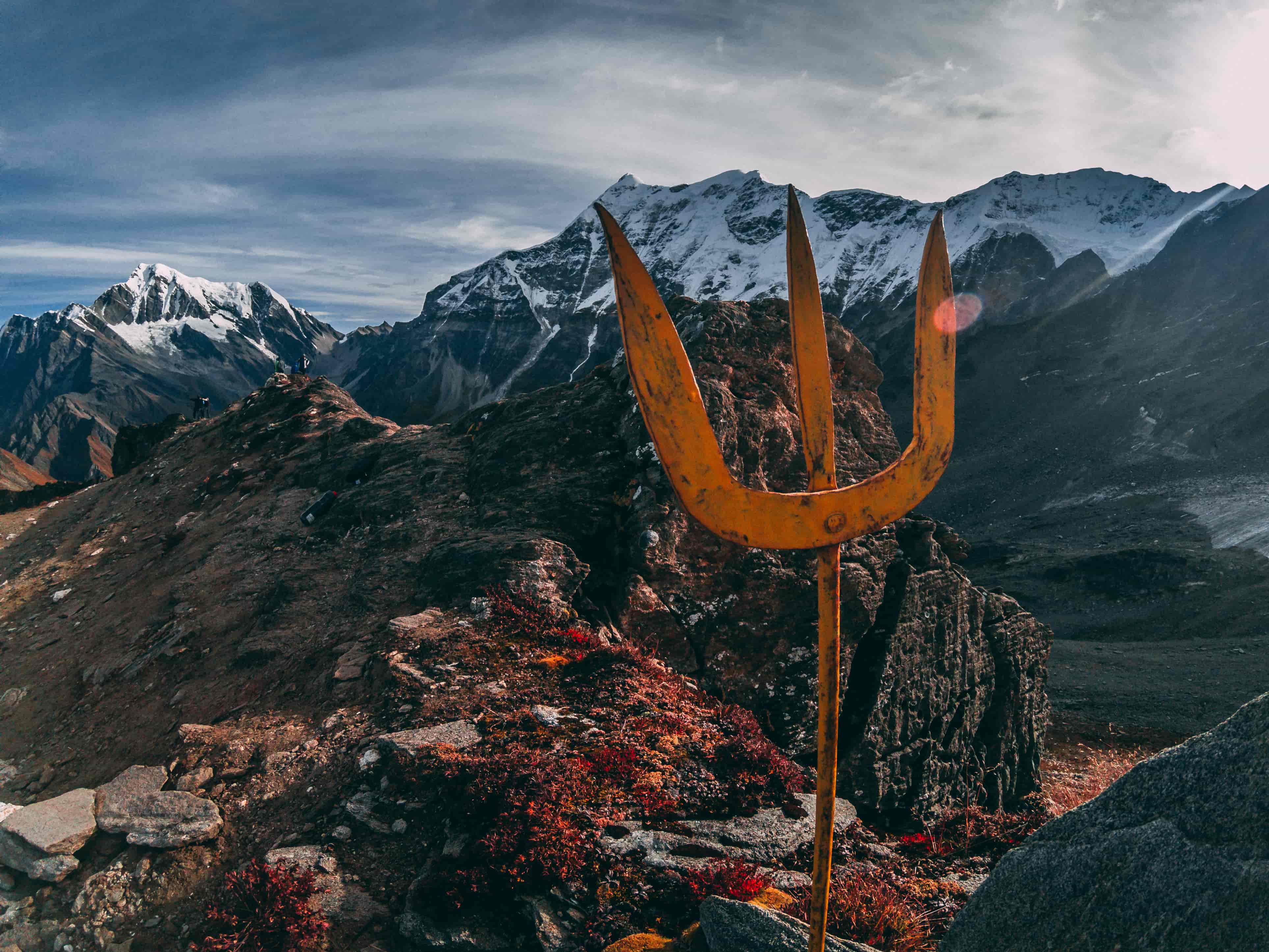
Nanda Devi Raj Jaat Yatra is a three-week-long grand procession that begins from Nauti village near Karanpraayg and ends at Hemkund near Roopkund. Often referred to as Himalayan Mahakumbh, it is a festive occasion in Uttarakhand in which devotees from both Garhwal and Kumaon regions of the state along with people from across the globe come together to participate. The yatra begins when the ‘Kunwar’ of the village Kansua inaugurates it in a customary manner.
According to the locals, the yatra is a testimony to the story which says that the Goddess Nanda Devi, the consort of Lord Shiva and the daughter of the ruler of mountains, left her village and went to Nanda Devi Parbat. It is also said that heavy rain occurs on this day symbolizing the goddess’ act of crying as she was leaving her home. It is a journey which lends a deep insight into the culture, lifestyle, flora and fauns of the ‘Land of Gods’, Uttarakhand. What adds a tinge of uniqueness to the yatra is that the devotees remain barefoot throughout the yatra despite the harsh climatic conditions.
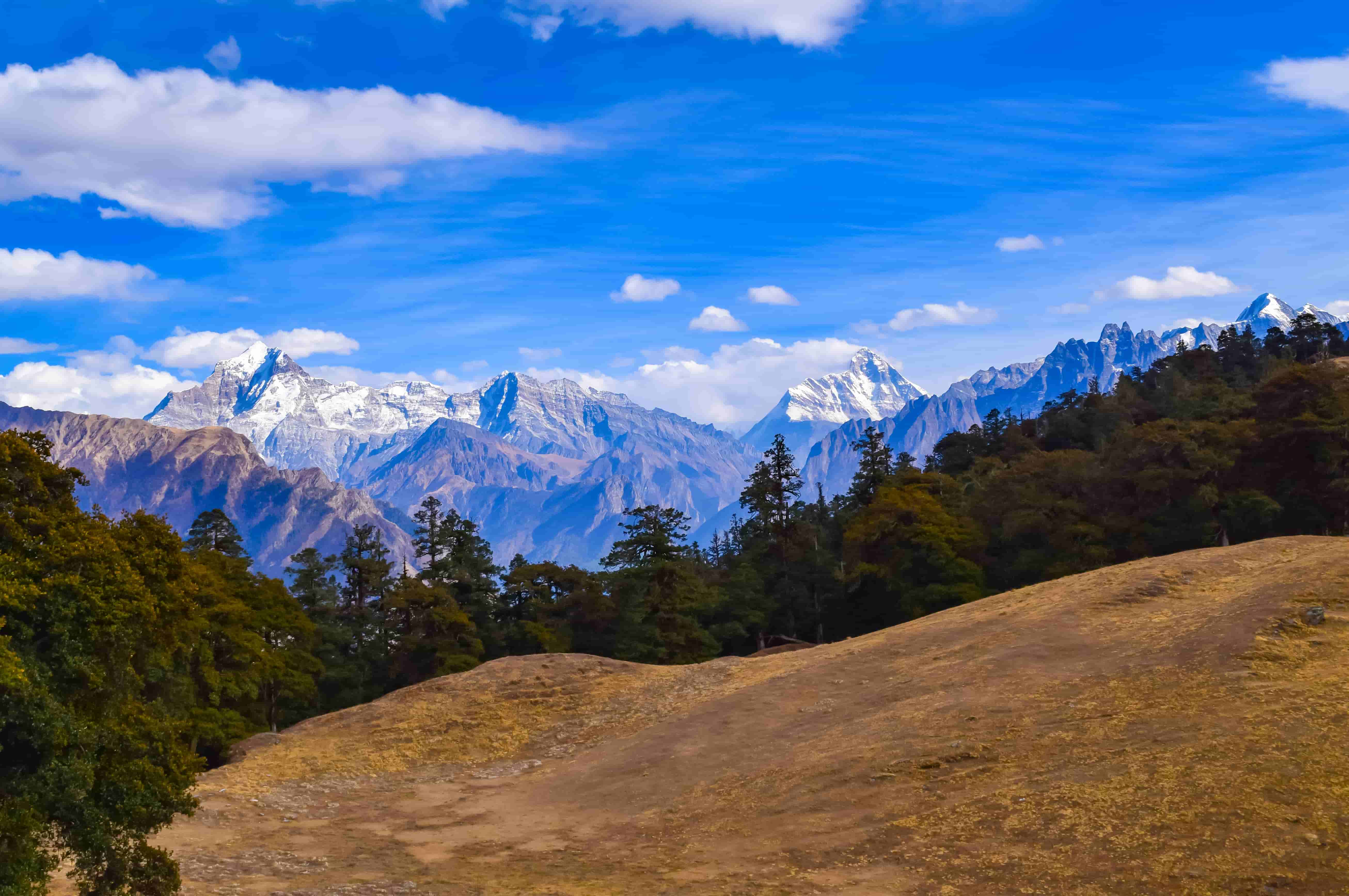
Trekking expedition to Nanda Devi, the second highest peak of Indian Himalayas, is one of the most arduous treks. Home to the scenic beauty of the snow-clad peaks, the surreal nature that prevails around them and the exotic range of flora and fauna in the vicinity, trekking to Nanda Devi offers an experience of one-of-its-kind. The trek crosses through exhilarating passes, winding trails, lush forests and picturesque meadows. Also, it offers a plethora of opportunities to register the sublime beauty of nature in the mind which can perceive everything in its multitude and vastness.
Kailash Mansarovar Yatra:
The best way to witness a divine circuit of thousands of pilgrims across the world is to embark on a spiritual journey to the Mount Kailash and Mansarovar Lake. The journey to these spiritual destinations is not only a jewel that reflects the nature’s beauty at its best but also serves as the source of inspiration for several religions and beliefs. There is nothing better than Kailash Mansarovar Yatra for those people who have devoted and wish to devote their entire life to a journey to wash their sins and seek blessings from the deity they worship.
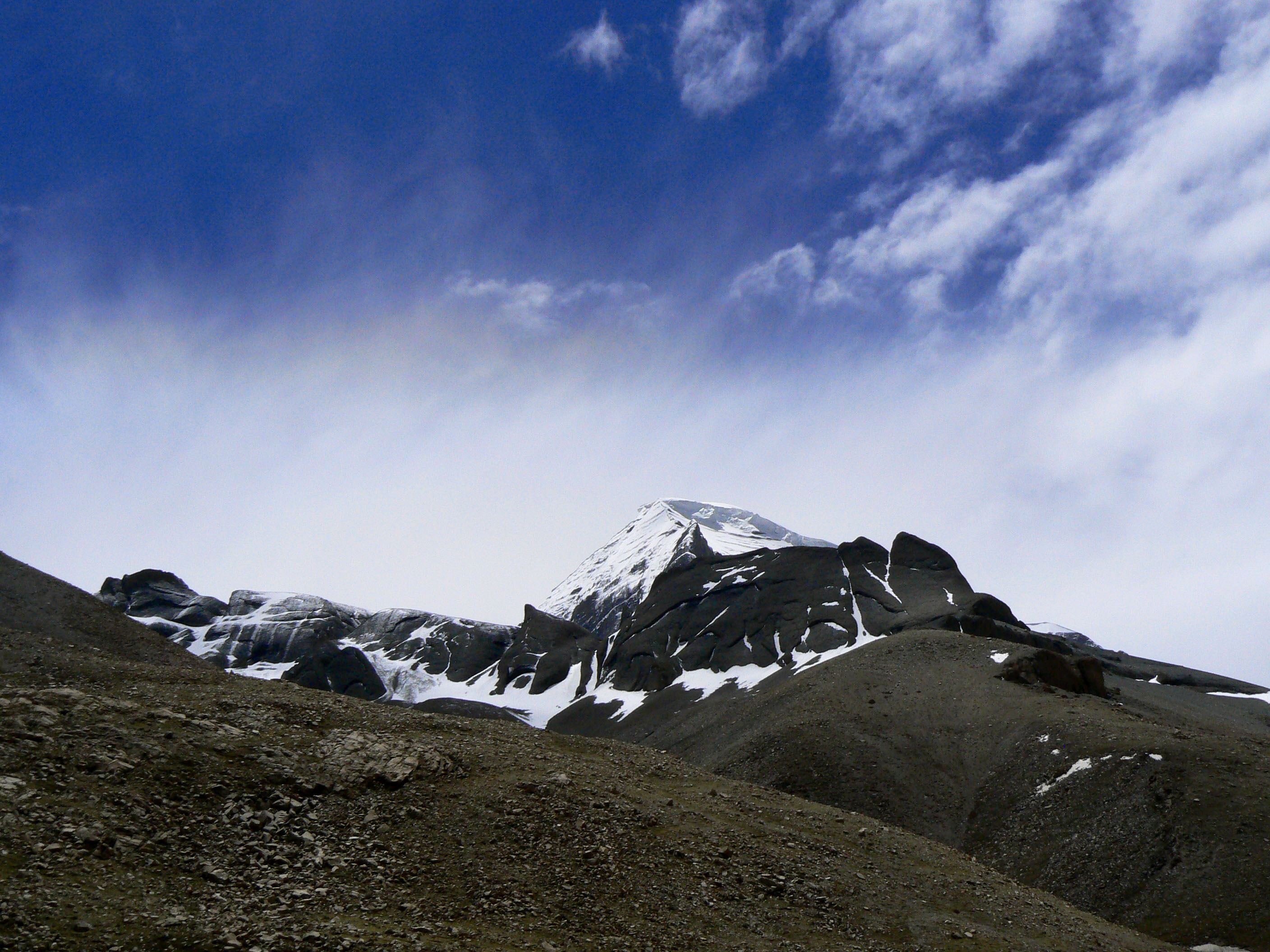
The key attractions of the Kailash Mansarovar Yatra include a sacred Parikrama around the Mount Kailash and a holy dip in Mansarovar Lake. The journey also provides a chance to embrace the beauty of the blue lake – Pieko-Tso and Yarlung Zangpo. It enables one to experience some cathartic moments and rejuvenate their soul by taking a holy dip in Mansarovar Lake, which is considered sacred in four religions; Hinduism, Bön, Buddhism and Jainism. Situated at an altitude of 22, 028 ft above sea level, Mansarovar is the largest freshwater lake in the world.
Another major attraction of the yatra is Yama Dwar, which means the gates of the lord of death. It is a place of great religious and mythological significance. Yama Dwar is considered as the entry door to the heavenly paradise, Kailash. It is believed that one must abandon the mortal self to enter the region of Kailash, which is equated to the divine world. Both geography and mythology combine to lend the Mount Kailash, a charm of its own.
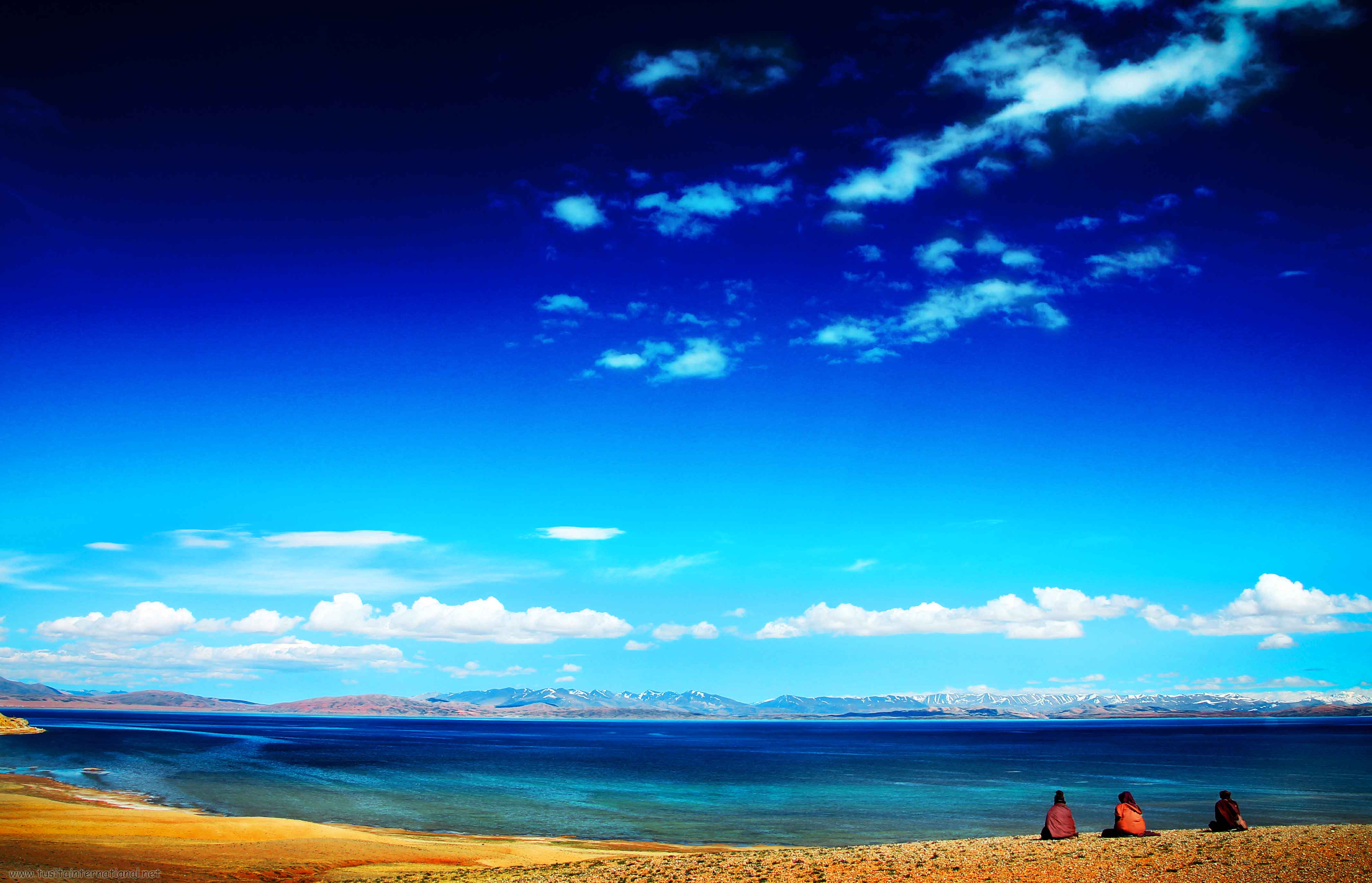
Further, the grandeur of Kailash does not lie in the height that other peaks of the Himalayan range boast of, but in its distinct shape resembling the cardinal points of the compass in the form of four sheer faces. Amidst the natural beauty that this area of permanent peace beholds lies an opportunity to set the mind free from all shackles. And, partake in the spiritual ecstasy that the solitary location of this place emanates.
If the best view comes after the hardest climb, there is no better example than trekking expedition to the Mount Kailash. With varied levels of difficulty, trekking to the Mount Kailash is not that easy as it seems to be in the slumber of your dreams. There is a lot of gasping and puffing involved in climbing an altitude of around 6638 m. At times, it even becomes difficult to put one foot in front of the other. However, the natural surroundings of the place will keep you motivated throughout the journey. So, feel the thrill of challenging your inner potential to complete a difficult feat, Kailash Mansarovar Yatra.
Somebody has rightly pointed out that spirituality lends dimension and direction to the life that humans lead in the search for the truth about their existence. So, get ready to ride on the chariot of belief and hope to locate the key to you life and beyond. Do not hesitate to add a beautiful chapter in the story of your life that can become the source of inspiration and joy even when memories start ageing.

